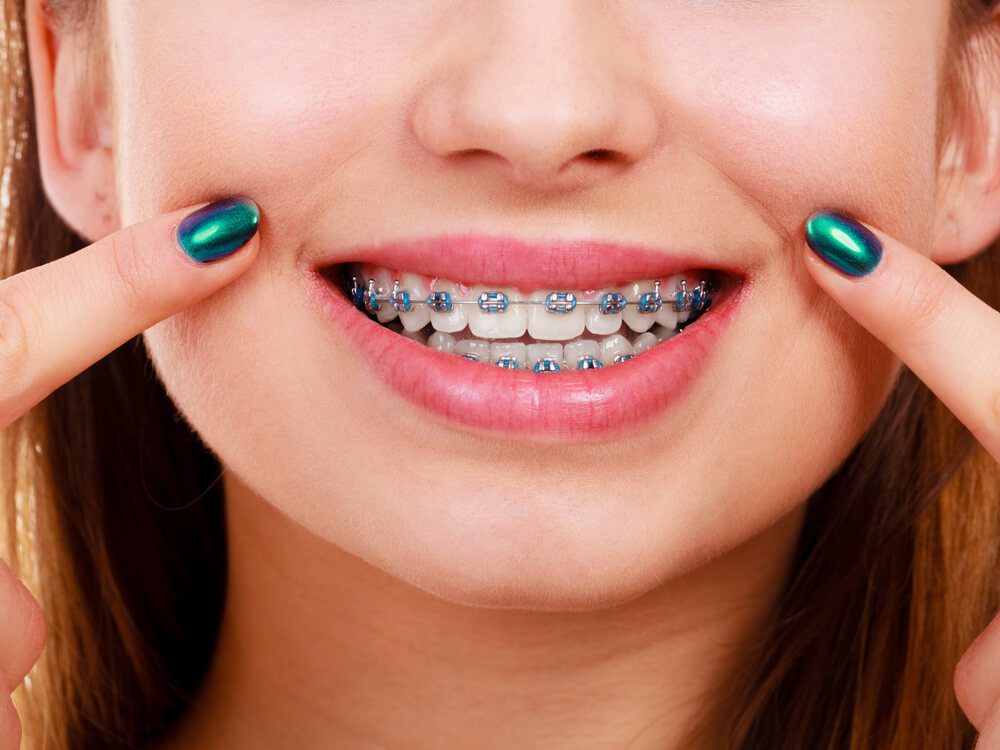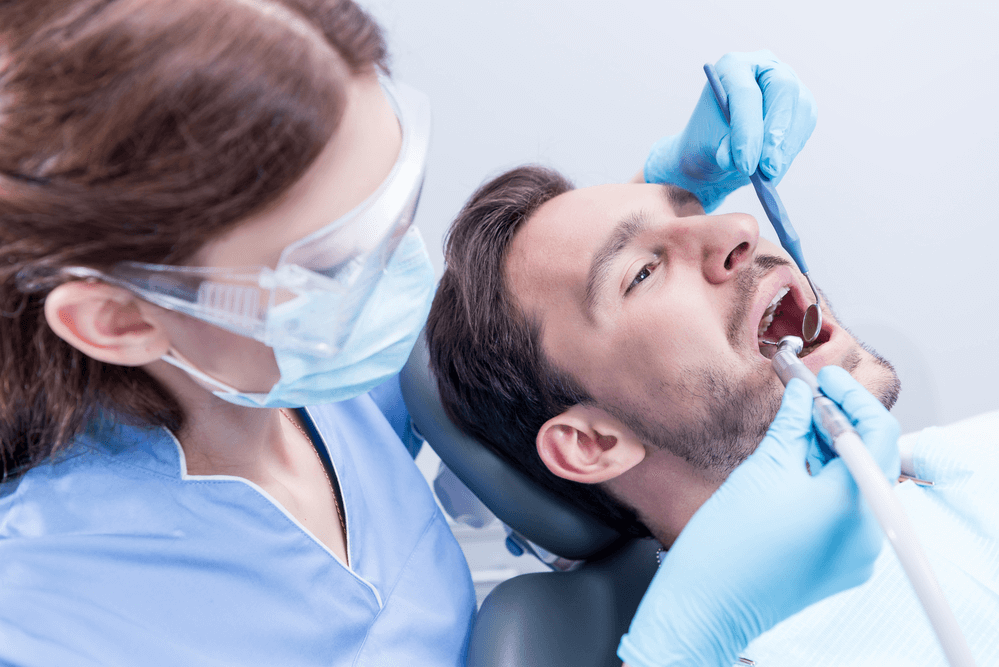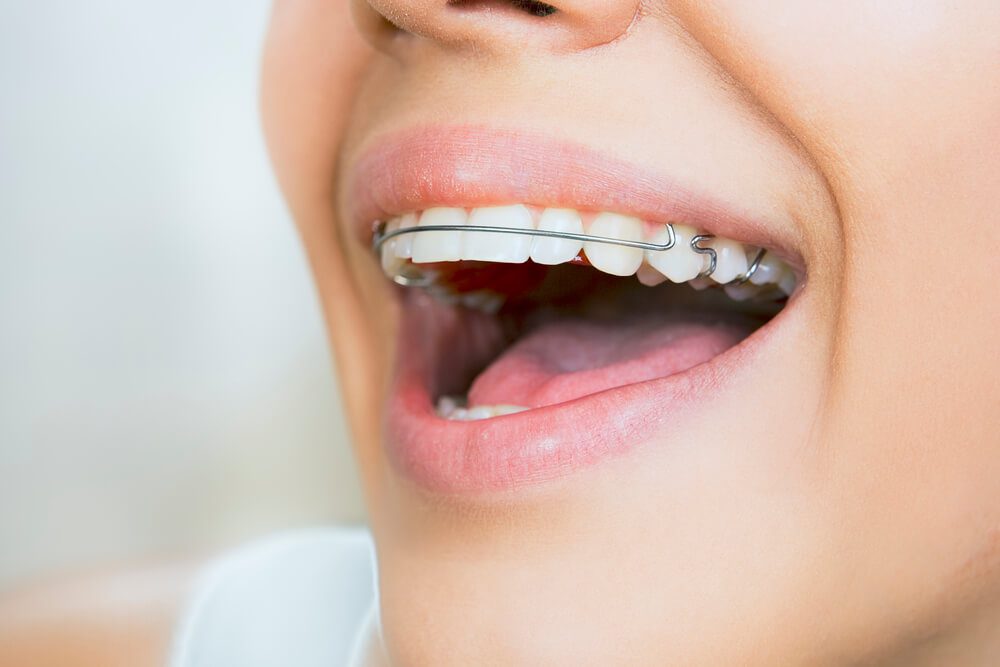 Getting dental braces as an adult has become increasingly common in recent years, thanks to advances in orthodontic technology and a growing awareness of the importance of maintaining good oral health. While most people associate braces with teenagers, more and more adults are opting for orthodontic treatment to correct dental issues such as uneven bites, gaps between teeth, and teeth misalignment.
Getting dental braces as an adult has become increasingly common in recent years, thanks to advances in orthodontic technology and a growing awareness of the importance of maintaining good oral health. While most people associate braces with teenagers, more and more adults are opting for orthodontic treatment to correct dental issues such as uneven bites, gaps between teeth, and teeth misalignment.
The duration of wearing braces for adults varies based on individual cases and the severity of dental problems. On average, braces can be worn for one to three years.
However, some individuals may require a shorter or longer treatment time, depending on factors such as the type of braces used and the complexity of the dental issues being addressed. It’s essential to consult with an orthodontist to determine the estimated duration of treatment for each individual.
Discover the path to a perfect smile with Smilebliss, where advanced orthodontic solutions meet personalized care. Whether you’re dealing with gaps, misalignments, or bite issues, our experts are here to guide you every step of the way.
Don’t let another day pass without wishing for a better smile. Take the first step towards a healthier, more confident you. Contact Smilebliss now to schedule your consultation and learn how braces can help you achieve your dream smile as an adult.
Orthodontic treatments like braces are not just for children or teenagers. Adults can also benefit from braces for a variety of reasons. With the advancement of dental technology, there are multiple options for adults to choose from, catering to their aesthetic and functional requirements.
The duration of braces treatment for adults usually lasts between 1 and 3 years. However, this timeframe can vary depending on factors such as the complexity of dental conditions and the type of braces. Some patients may only need to wear braces for a few months, while others might require longer periods based on their circumstances.
There are several types of braces that are suitable for adults, including:
Each type has its pros and cons, but all will ultimately help improve an individual’s dental health. For instance, traditional metal braces often provide the most effective and affordable option, while clear aligners offer a more discreet and comfortable experience. The choice of braces mainly depends on personal preferences and budget.
The treatment time for braces in adults can vary depending on several factors. These factors include:
On average, adults can expect it to take one to three years to complete orthodontic treatment with metal braces or clear braces. However, the treatment time depends on the individual and how much work they need to improve their smile. Some patients only need to wear braces for a few months, while others may require a more extended treatment period of up to three years.
Taking care of your braces as an adult is essential for ensuring that your treatment is effective and helps you achieve the desired results. This section will focus on two key aspects of maintenance and care: regular adjustments and proper oral hygiene practices.
 One of the critical aspects of maintaining braces is attending regular appointments with your orthodontist for adjustments. Adjustments typically occur every 4-6 weeks and involve slightly tightening the braces to gradually shift and straighten the teeth. These adjustments are essential for the success of your treatment.
One of the critical aspects of maintaining braces is attending regular appointments with your orthodontist for adjustments. Adjustments typically occur every 4-6 weeks and involve slightly tightening the braces to gradually shift and straighten the teeth. These adjustments are essential for the success of your treatment.
Keep in mind that the duration of the treatment may vary depending on the individual’s situation and the complexity of the dental issues being addressed. It is important to attend these appointments, as your orthodontist will monitor your progress, make any necessary adjustments, and ensure that your braces continue to function correctly.
While wearing braces, maintaining proper oral hygiene practices is crucial to avoid potential issues such as tooth decay, gingivitis, and bad breath.
Here are some essential tips for maintaining good oral hygiene while wearing braces:
Adhering to these maintenance and care tips will not only ensure that your braces treatment is effective but also help maintain your overall oral health.
Traditional metal braces are the most common type of braces and have been used for decades. They consist of metal brackets affixed to each tooth and connected by a thin, flexible archwire. Tiny elastic bands called ligatures keep the wire firmly in place.
The average treatment time for traditional metal braces ranges from 1 to 3 years. However, treatment duration depends on factors such as the severity of the alignment issues and the desired results. If an individual has complex alignment problems, the treatment may take longer, while those with minor issues may achieve their desired results more quickly.
Ceramic braces are similar in design to metal braces but use tooth-colored or clear brackets instead of metal ones, making them less noticeable. They function the same way as traditional braces, adjusting teeth by applying consistent pressure.
Ceramic braces typically have a treatment time similar to that of metal braces, averaging 1 to 3 years. As with metal braces, the duration of treatment depends on the severity of the dental issues being addressed and the individual’s goals for tooth alignment.
Clear aligners are a more modern and discreet option for straightening teeth. These removable, custom-made plastic trays are virtually invisible and can be taken out for eating, drinking, and cleaning.
Clear aligner treatment usually lasts between 6 months and 2 years, depending on the individual case. The timeframe for clear aligners may be shorter because they are often used for less severe cases or as a follow-up treatment after braces. However, it is essential to note that the effectiveness of clear aligners depends on the individual’s commitment to wearing them consistently throughout the treatment period.
 After completing the braces treatment, retainers play a crucial role in maintaining the new position of your teeth. It is essential to wear retainers as prescribed by your orthodontist, as teeth tend to shift back to their original positions if not held in place.
After completing the braces treatment, retainers play a crucial role in maintaining the new position of your teeth. It is essential to wear retainers as prescribed by your orthodontist, as teeth tend to shift back to their original positions if not held in place.
There are two types of retainers:
It’s important to take proper care of your retainers by cleaning them regularly and following your orthodontist’s instructions to ensure their effectiveness and longevity.
Post-treatment follow-up visits with your orthodontist are crucial to ensure proper dental health and to monitor the progress of your teeth after braces are removed.
During these appointments, your orthodontist may:
In most cases, follow-up visits occur within 6 to 12 months after the removal of braces. The frequency of these visits may vary depending on your situation and your orthodontist’s recommendations.
To sum up, post-treatment considerations for braces include wearing retainers as prescribed and attending regular follow-up visits with your orthodontist. Proper adherence to these steps ensures that your newly aligned teeth remain in their desired positions and that you enjoy a lifetime of beautiful, healthy smiles.
Looking for a way to get the smile you’ve always wanted? At Smilebliss, we believe it’s never too late to achieve the perfect smile. Our adult braces are designed to be comfortable and effective, transforming your smile quickly and discreetly.
Join us at Smilebliss and start your journey to a more confident you, with a smile that shines. Keep in touch with us today for more details!